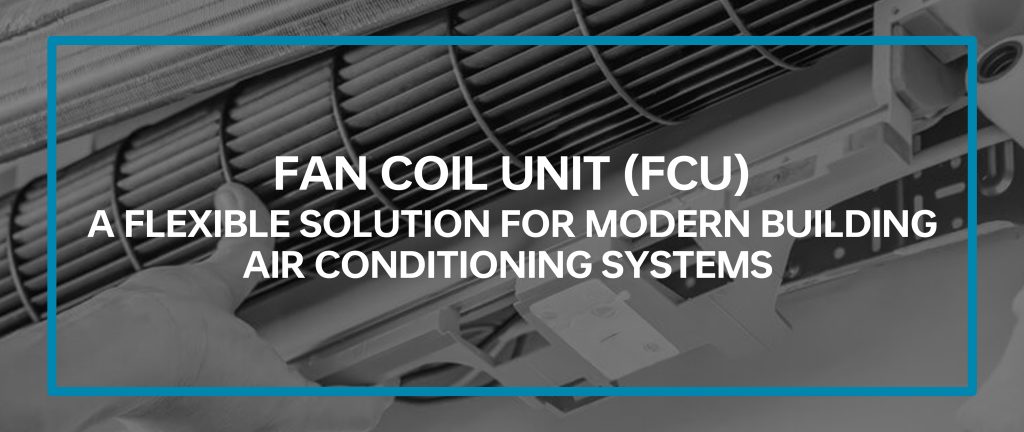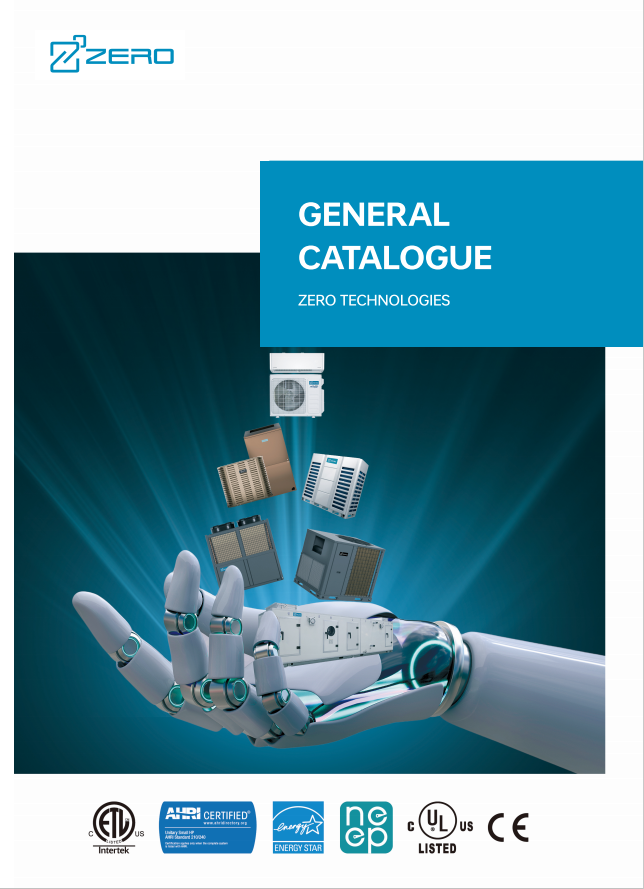Air conditioning, as an indispensable part of modern life, has a history of development that bears the fruits of mankind’s pursuit of a comfortable life as well as scientific and technological progress.
I. Ancient Air Conditioning Secrets Unveiled: How Did People Stay Cool in the Past?
The history of air conditioning can be traced back to ancient civilizations. In ancient Egypt, ancient Rome and other places, people have begun to try to utilize natural resources such as water and wind to regulate indoor temperature.

For example, in Ancient Rome, noble villas were the luxurious residences of the time, and their architecture and design not only showed the social status, but also reflected the technological level of the time. In order to provide a comfortable living environment during the hot summer months, Roman architects designed a system of watercourses that lowered indoor temperatures by flowing cool water through the walls and floors of buildings. This system utilized the high specific heat of water and the heat carried away by the flow to achieve a degree of air conditioning. And ancient Romans used towers referred to “Wind Catchers” to generate ventilation. Similar explorations were made in ancient Egypt, where, for example, temples and royal palaces often contained pools and fountains that lowered the surrounding temperature by evaporation of water.
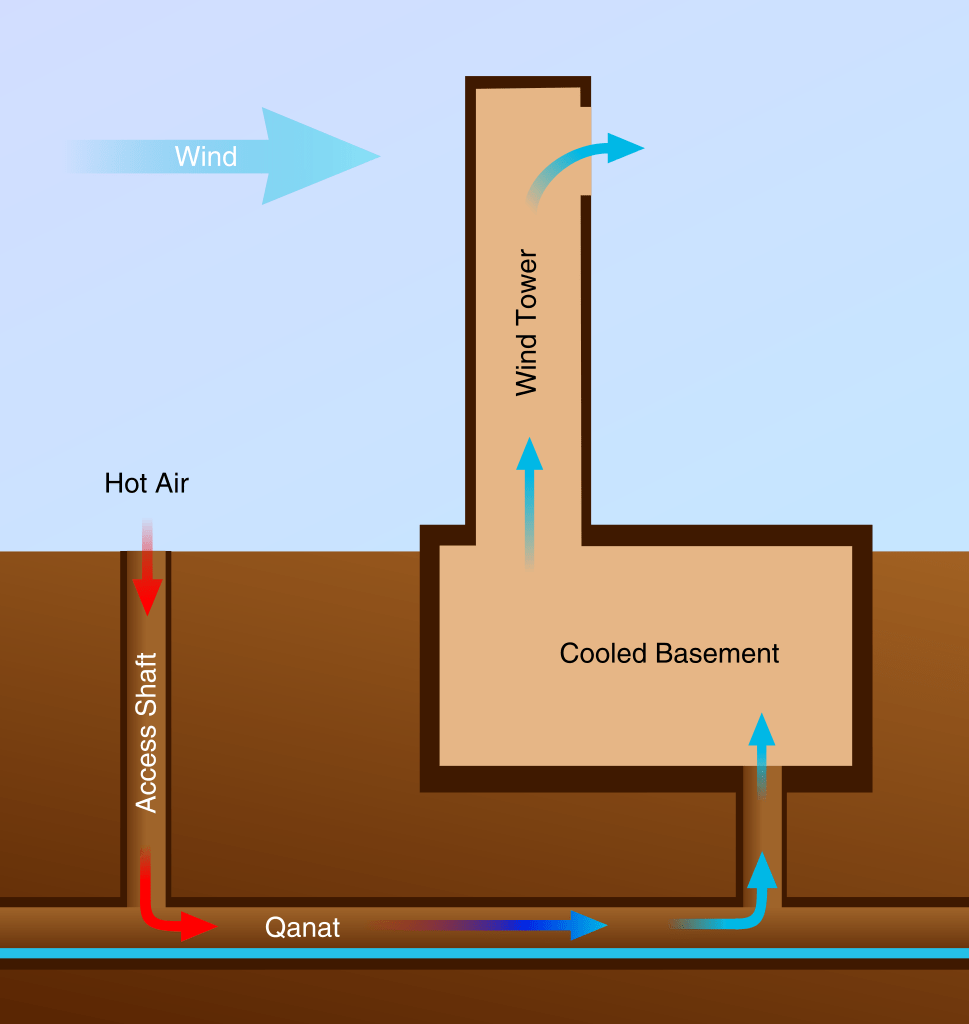
These ancient prototypes of air conditioning, though simple, demonstrated mankind’s pursuit of comfortable living and ability to adapt to the environment. These early explorations laid the foundation for the later development of mechanical air conditioning, and at the same time revealed the need for continuous exploration and innovation in the process of technological development to meet the ever-increasing demands of life.
II. The World’s First Air Conditioner: Mechanical Marvel of the Late 19th Century
The origins of modern air conditioning technology can be traced back to the late 1800’s. In 1881, American engineer Frederick Gilbert Jones invented the first mechanical air conditioning system, a milestone in modern air conditioning technology. This system utilized a steam-driven mechanism that cooled the air through chilled water, thereby lowering the indoor temperature. The principle of this system was essentially similar to today’s principle of evaporative cooling, in which heat is absorbed from the air through the evaporation of water, thereby lowering the temperature of the air.

Although this system still had significant gaps compared to today’s air conditioners, such as low efficiency and dependence on steam, among other limitations, it marked the beginning of modern air conditioning technology and laid the foundation for later developments in air conditioning technology. The emergence of this system sparked the interest of more engineers and scientists, who began to continuously explore and improve air conditioning technology to make it more efficient, convenient and reliable.

III. The Rise of Commercial Air Conditioners
At the beginning of the 20th century, with the continuous progress of electric power technology and mechanical engineering, mechanical air-conditioning began to gradually come into commercial buildings, and was widely promoted and applied in commercial applications. This period marked the step of air-conditioning technology from the simple experimental stage to the practical stage, and became an important tool to improve people’s working and living environment

The 1920s was a period of rapid development of mechanical air-conditioning in commercial applications. With the growing demand for comfortable living and the popularization of electric power technology, more and more stores, office buildings, theaters, cinemas and other public places began to install mechanical air conditioning systems. In commercial buildings, air conditioning systems needed to meet higher performance requirements, such as stable temperature and humidity control and wide space coverage. As a result, engineers have begun to continuously improve the design and technology of air conditioning systems to make them more adaptable to the needs of commercial applications.

IV. Tech Breakthroughs & Home AC Spread
The 1930s and 1940s were important periods when air conditioning technology experienced key technological breakthroughs. The most important of these was the invention and widespread application of refrigerants such as Freon. Freon has good refrigeration effect and less impact on the environment, so it became the main refrigerant for air-conditioning systems. This technological breakthrough greatly improved the performance and efficiency of air-conditioning systems and promoted the rapid popularization and application of air-conditioning technology
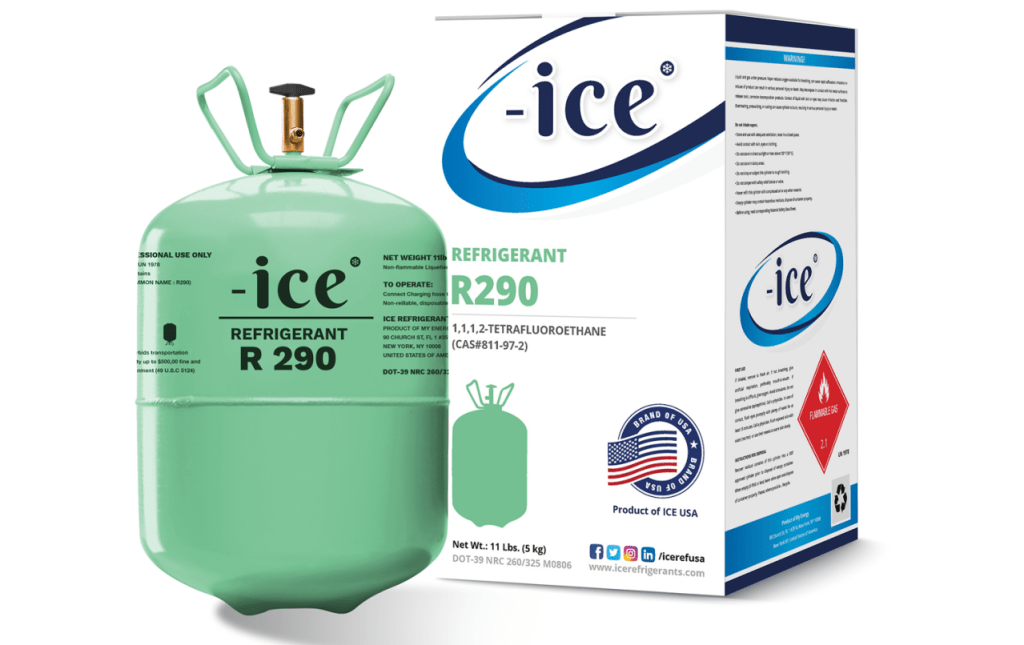
In the 1950s, with the advancement of technology and the improvement of living standards, domestic air conditioning became popular. This period witnessed the rise of window air conditioners and centralized air conditioning systems. Easy to install and maintain, window air conditioners became the choice of many households; while central air conditioning systems are suitable for large buildings, such as apartment blocks and office buildings.

V. AC Power-Up: Green Tech for a Cooler Tomorrow
In recent years, with the increased awareness of energy efficiency and environmental protection, the air conditioning industry continues to introduce new energy efficiency and environmental protection technologies.
- Inverter technology: Inverter technology is a technology that adjusts the speed of the compressor according to actual needs. Traditional air-conditioning systems usually use fixed-speed compressors that work in only two states: full power and stop. Inverter air conditioning system can automatically adjust the compressor speed according to the indoor temperature demand, so that it is in different operating state, so as to achieve higher energy efficiency. This technology not only reduces energy consumption, but also improves the stability and comfort of the air conditioning system.

2.Green refrigerant: Traditional refrigerants such as Freon have a destructive effect on the ozone layer of the atmosphere, which is harmful to the environment and human health. Therefore, the development and application of green refrigerant has become an important development direction in the air conditioning industry. R-410A is a green refrigerant without ozone layer depletion, which has gradually replaced Freon and other environmentally harmful refrigerants, and become one of the main choices for air conditioning systems. In addition, there are some more environmentally friendly refrigerants in development and application, such as natural refrigerants (e.g. CO2 and ammonia) and low Global Warming Potential (GWP) refrigerants, to further minimize the impact of air-conditioning systems on the environment.
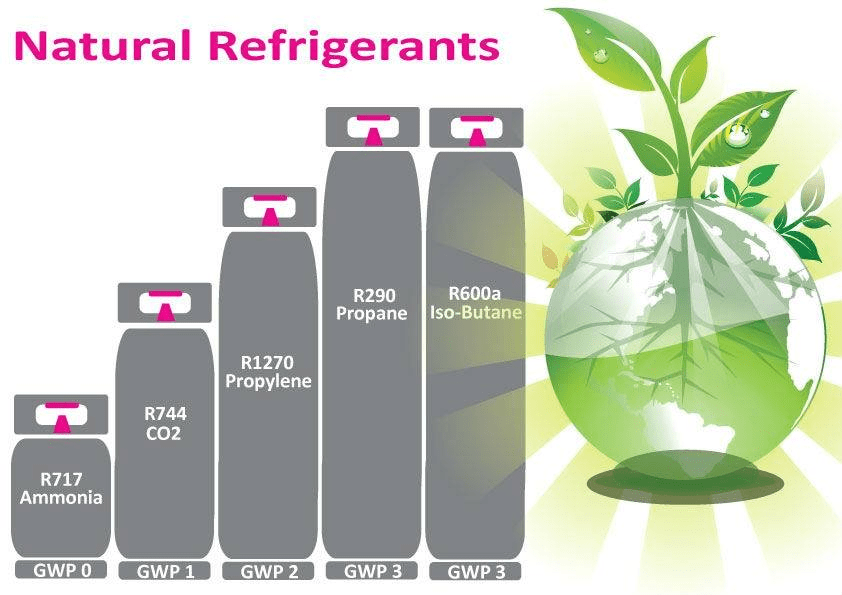
3.Intelligent control system: Intelligent control system realizes intelligent control and management of air-conditioning systems by introducing IoT technology and artificial intelligence algorithms. Such systems can monitor and adjust in real time according to parameters such as indoor temperature, humidity and electricity consumption, improving the operational efficiency and energy saving of the air-conditioning system. In addition, the intelligent control system can also realize remote control and monitoring through cell phone app or cloud platform, which improves user experience and convenience.

The continuous development and application of these energy-efficient and environmentally friendly technologies have enabled modern air-conditioning systems to provide a comfortable indoor environment while achieving higher energy efficiency and lower environmental impact, taking an important step towards the goal of sustainable development.
VI.AC Impact & Future Trends
The popularization of air conditioning has not only enhanced people’s living comfort, but also had a profound impact on social life. For example, air-conditioning has facilitated the development of commerce and industry and promoted urbanization; it has also changed people’s lifestyles, such as people’s preference for indoor activities rather than outdoor ones. In addition, air-conditioning also plays an important role in ensuring people’s health and safety during hot summer weather.
In the future, the air-conditioning industry will continue to devote itself to innovation in order to meet people’s needs for comfortable living and sustainable development.
- Intelligent air-conditioning systems: Future air-conditioning systems will be more intelligent, utilizing artificial intelligence and Internet of Things (IoT) technologies to achieve intelligent control, automatic adjustment and remote monitoring, enhancing user experience and energy efficiency.
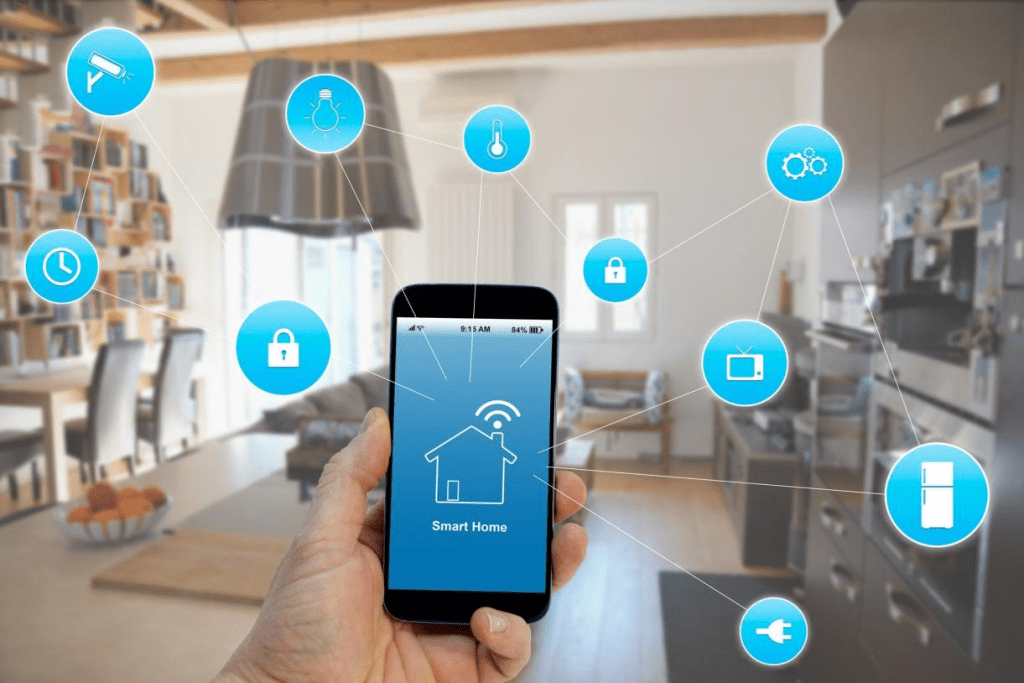
2.Environmentally friendly refrigeration technology: the air conditioning industry will further promote the development of environmentally friendly refrigeration technology, such as the use of low Global Warming Potential (GWP) refrigerants, the use of natural refrigerants and energy recycling technology to reduce the impact on the environment.
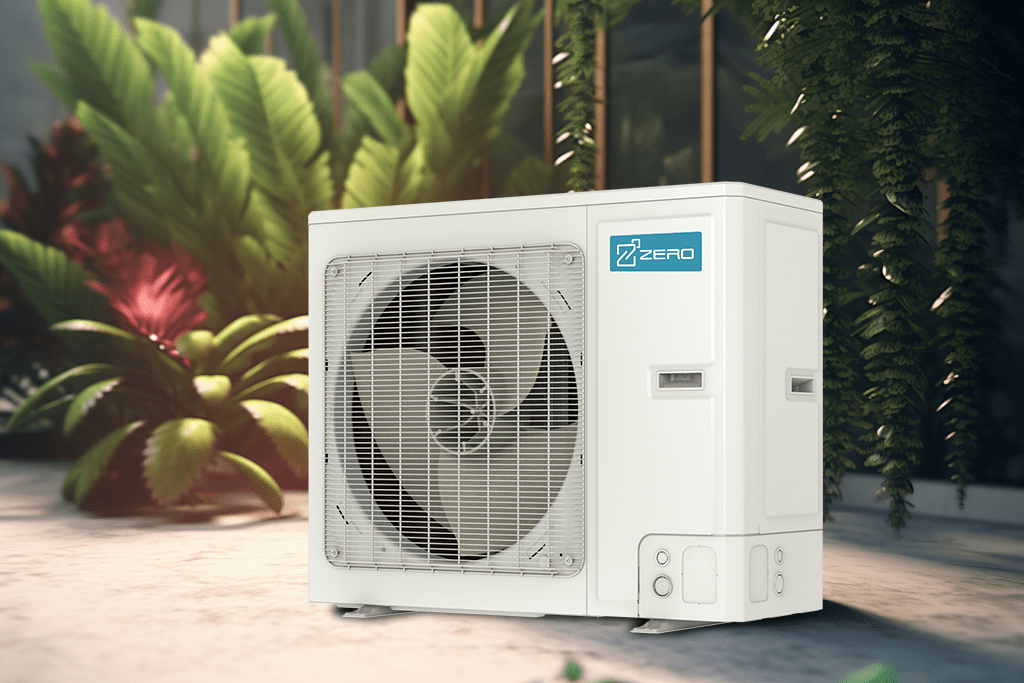
3. Healthy and comfortable space: the future air conditioning system will not only focus on temperature and humidity regulation, but also focus on indoor air quality and health and comfort, through air purification and humidity regulation and other technologies to achieve a healthy and comfortable indoor environment.

4.Sustainable development: the air conditioning industry will be committed to achieving sustainable development, reducing energy consumption and carbon emissions, promoting the implementation of green building and energy saving and emission reduction policies, and contributing to the construction of beautiful homes and sustainable development.
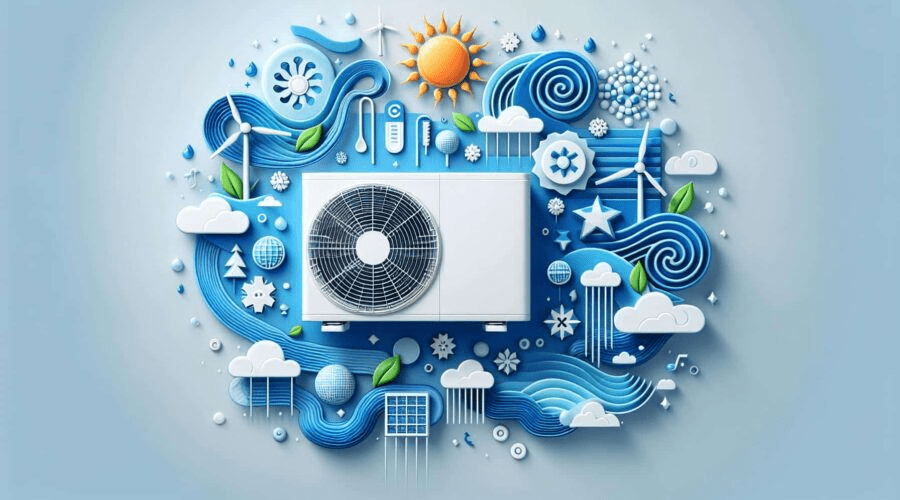
In summary, the air-conditioning industry will face more challenges and opportunities in the future, but it is believed that through continuous innovation and cooperation, air-conditioning technology will continue to provide humans with a comfortable, healthy and sustainable indoor environment.


